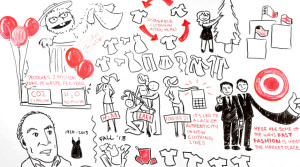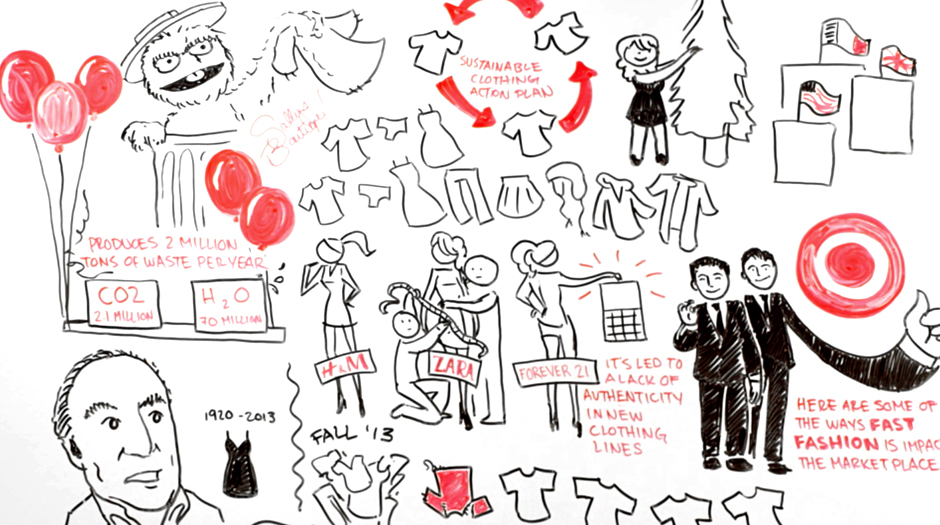Many of us are victims of fast fashion and we do not even know it. Are you shop conscious, and do you know what fast fashion is all about? If no, read on. If yes, still read on, there is much more than you think.

Fast fashion is quite simple to understand: it is clothing and accessory designs churned out to quickly flood the market, constantly copied and adapted from the latest runway models but made for the general public from cheaper materials of poorer quality. The result is runway fashion at an affordable price, a trend popularized in the past two decades by clothing retailers such as Zara, H&M, and Forever21.
Why is fast fashion so problematic when it seems to fulfill a market need? According to Kate Fletcher, author of Sustainable Fashion and Textiles, “Fast fashion — low-cost clothing collections based on current, high-cost luxury fashion trends — is, by its very nature, a fast-response system that encourages disposability.”
A short video posted on onlinemba.com entitled The Business of Fast Fashion, claims the disposable clothing trend produces 2 million tons of waste, emits 2.1 million tons of carbon dioxide, and uses 70 million tons of water a year.
Fashion entrepreneurs like Angela Moscardi, manager of the clothing retailer Costa Blanca, seldom realize this. Moscardi was dumbfounded that this trend caused such harm to the environment.
“We receive and ship out clothing in the stores every single week, and though it may seem advantageous to us as a clothing company, it is just not right that we produce an overly high amount of clothing when it has such an imposing impact on our society,” said Moscardi.
Gabrielle Huot, also a manager at Costa Blanca, seemed less shocked.
“I am aware of the environmental situation, but not to that certain extreme and this is why I always wondered where our unsold clothes end up.”
The true cost of fast fashion is much more than the affordable prices we see on labels. Because fast fashion speeds everything up, the industry — in particular the fashion designers who have to keep up with the pace — is having trouble maintaining originality and creating any timeless appeal, locked in a system where what’s in shifts from month to month. Often designers (like 3.1 Phillip Lim, Versace, and Isabel Marant) must adapt by producing clothing for the general public through retailers such as Target and H&M.
Josie Baratta, designer of the Cozentine brand, agrees with the view that fast fashion can be harmful, “Styles are being knocked off constantly like hotcakes, nothing is original anymore, and hopefully this situation will change and give designers a new creative venue.”
Marie-Sophia Morkos, a student in fashion design at Cegep Marie-Victorin, likewise agrees. “Fast fashion simply works,” said Morkos. “When someone buys an item that is in style and cheap, they do not think or care if it will last them for another year or no.”
One way in which designers are signing on to effecting a change is by being part of movements like the Sustainable Clothing Action Plan and other socially-conscious projects. For the consumer, though, the important key is to be critical of what one buys, given the effects on the environment.
Check out the Business of Fast Fashion video here!




